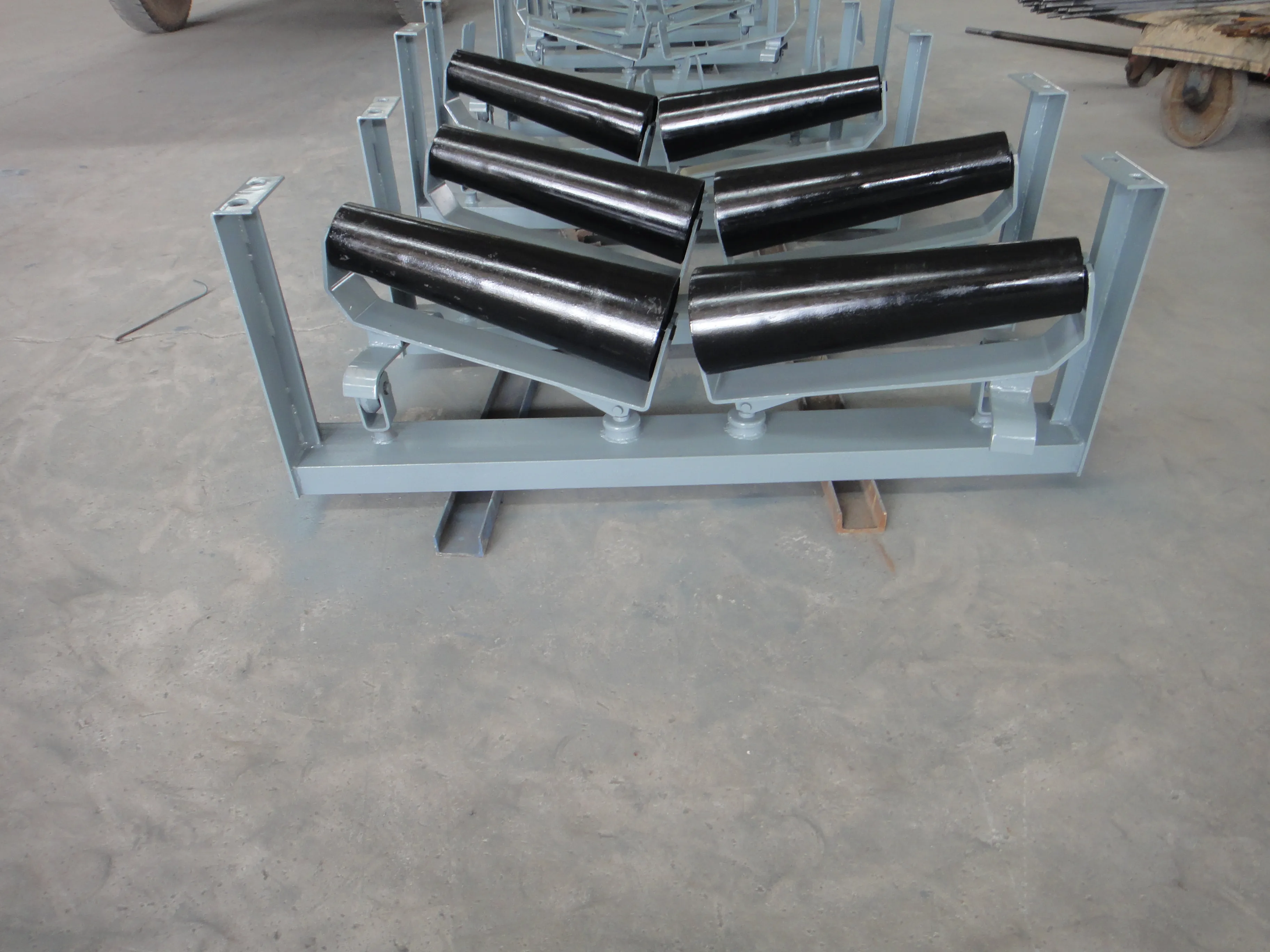 Afrikaans
Afrikaans  Albanian
Albanian  Amharic
Amharic  Arabic
Arabic  Armenian
Armenian  Azerbaijani
Azerbaijani  Basque
Basque  Belarusian
Belarusian  Bengali
Bengali  Bosnian
Bosnian  Bulgarian
Bulgarian  Catalan
Catalan  Cebuano
Cebuano  Corsican
Corsican  Croatian
Croatian  Czech
Czech  Danish
Danish  Dutch
Dutch  English
English  Esperanto
Esperanto  Estonian
Estonian  Finnish
Finnish  French
French  Frisian
Frisian  Galician
Galician  Georgian
Georgian  German
German  Greek
Greek  Gujarati
Gujarati  Haitian Creole
Haitian Creole  hausa
hausa  hawaiian
hawaiian  Hebrew
Hebrew  Hindi
Hindi  Miao
Miao  Hungarian
Hungarian  Icelandic
Icelandic  igbo
igbo  Indonesian
Indonesian  irish
irish  Italian
Italian  Japanese
Japanese  Javanese
Javanese  Kannada
Kannada  kazakh
kazakh  Khmer
Khmer  Rwandese
Rwandese  Korean
Korean  Kurdish
Kurdish  Kyrgyz
Kyrgyz  Lao
Lao  Latin
Latin  Latvian
Latvian  Lithuanian
Lithuanian  Luxembourgish
Luxembourgish  Macedonian
Macedonian  Malgashi
Malgashi  Malay
Malay  Malayalam
Malayalam  Maltese
Maltese  Maori
Maori  Marathi
Marathi  Mongolian
Mongolian  Myanmar
Myanmar  Nepali
Nepali  Norwegian
Norwegian  Norwegian
Norwegian  Occitan
Occitan  Pashto
Pashto  Persian
Persian  Polish
Polish  Portuguese
Portuguese  Punjabi
Punjabi  Romanian
Romanian  Russian
Russian  Samoan
Samoan  Scottish Gaelic
Scottish Gaelic  Serbian
Serbian  Sesotho
Sesotho  Shona
Shona  Sindhi
Sindhi  Sinhala
Sinhala  Slovak
Slovak  Slovenian
Slovenian  Somali
Somali  Spanish
Spanish  Sundanese
Sundanese  Swahili
Swahili  Swedish
Swedish  Tagalog
Tagalog  Tajik
Tajik  Tamil
Tamil  Tatar
Tatar  Telugu
Telugu  Thai
Thai  Turkish
Turkish  Turkmen
Turkmen  Ukrainian
Ukrainian  Urdu
Urdu  Uighur
Uighur  Uzbek
Uzbek  Vietnamese
Vietnamese  Welsh
Welsh  Bantu
Bantu  Yiddish
Yiddish  Yoruba
Yoruba  Zulu
Zulu Types of Conveyor Idlers - Comprehensive Guide
Types of Conveyor Idlers
Conveyor idlers are essential components in bulk material handling systems. These components support the conveyor belt, facilitate its movement, and assist in maintaining belt alignment. The types of idlers utilized can significantly affect the efficiency and lifespan of both the conveyor system and the materials it transports. This article explores the various types of conveyor idlers, their applications, advantages, and considerations when selecting the right idler for a particular conveyor system.
1. Standard Idlers
Standard idlers are the most commonly used type and are found in a variety of applications. They typically consist of a series of rollers mounted on frames, which hold up the conveyor belt. Standard idlers come in various designs, including flat and trough configurations. Flat idlers support the belt in a horizontal position, while trough idlers have a curved shape that mimics the belt's form, allowing for efficient handling of bulk materials. The choice between flat and trough depends on the nature of the material being transported and the inclination of the conveyor.
Impact idlers are crucial in areas where the belt is subject to heavy loads and potential impacts, such as loading zones. They are equipped with additional features, such as extra padding or shock-absorbing materials, to protect the belt from damage. By absorbing shocks during the loading process, impact idlers help reduce belt wear and improve the overall durability of the conveyor system.
3. Return Idlers
types of conveyor idlers

Return idlers are located on the return leg of the conveyor system, supporting the empty conveyor belt as it travels back to the loading point. These idlers are typically flatter than standard idlers, and their primary role is to ensure that the belt maintains its alignment and does not sag excessively. This helps to reduce the risk of belt misalignment and enhances the efficiency of the conveyor operation.
4. Training Idlers
Training idlers are specialized idlers that are used to correct belt misalignment. Incorrect alignment can lead to increased wear and tear on both the belt and the idlers. Training idlers are designed to adjust the belt's path, ensuring it runs smoothly within its designated track. These idlers can be adjusted as needed, making them a valuable asset in maintaining the overall functionality of the conveyor system.
5. Self-Aligning Idlers
Self-aligning idlers are a newer innovation designed to automatically adjust the position of the belt as it moves. They feature a pivoting mechanism that aligns the belt when it begins to drift. This technology helps to prevent belt misalignment and reduce maintenance requirements, making self-aligning idlers particularly beneficial in operations with dynamic or variable loads.
Conclusion
Choosing the right type of conveyor idler is vital to the efficiency, safety, and longevity of a conveyor system. Factors such as material type, load conditions, operating environment, and maintenance requirements should influence the decision. Understanding the different types of idlers and their specific applications can lead to more informed choices, ultimately increasing operational efficiency and decreasing downtime. By investing in the appropriate idler technology, companies can optimize their bulk material handling operations and extend the lifespan of their equipment.
-
Revolutionizing Conveyor Reliability with Advanced Rubber Lagging PulleysNewsJul.22,2025
-
Powering Precision and Durability with Expert Manufacturers of Conveyor ComponentsNewsJul.22,2025
-
Optimizing Conveyor Systems with Advanced Conveyor AccessoriesNewsJul.22,2025
-
Maximize Conveyor Efficiency with Quality Conveyor Idler PulleysNewsJul.22,2025
-
Future-Proof Your Conveyor System with High-Performance Polyurethane RollerNewsJul.22,2025
-
Driving Efficiency Forward with Quality Idlers and RollersNewsJul.22,2025





























